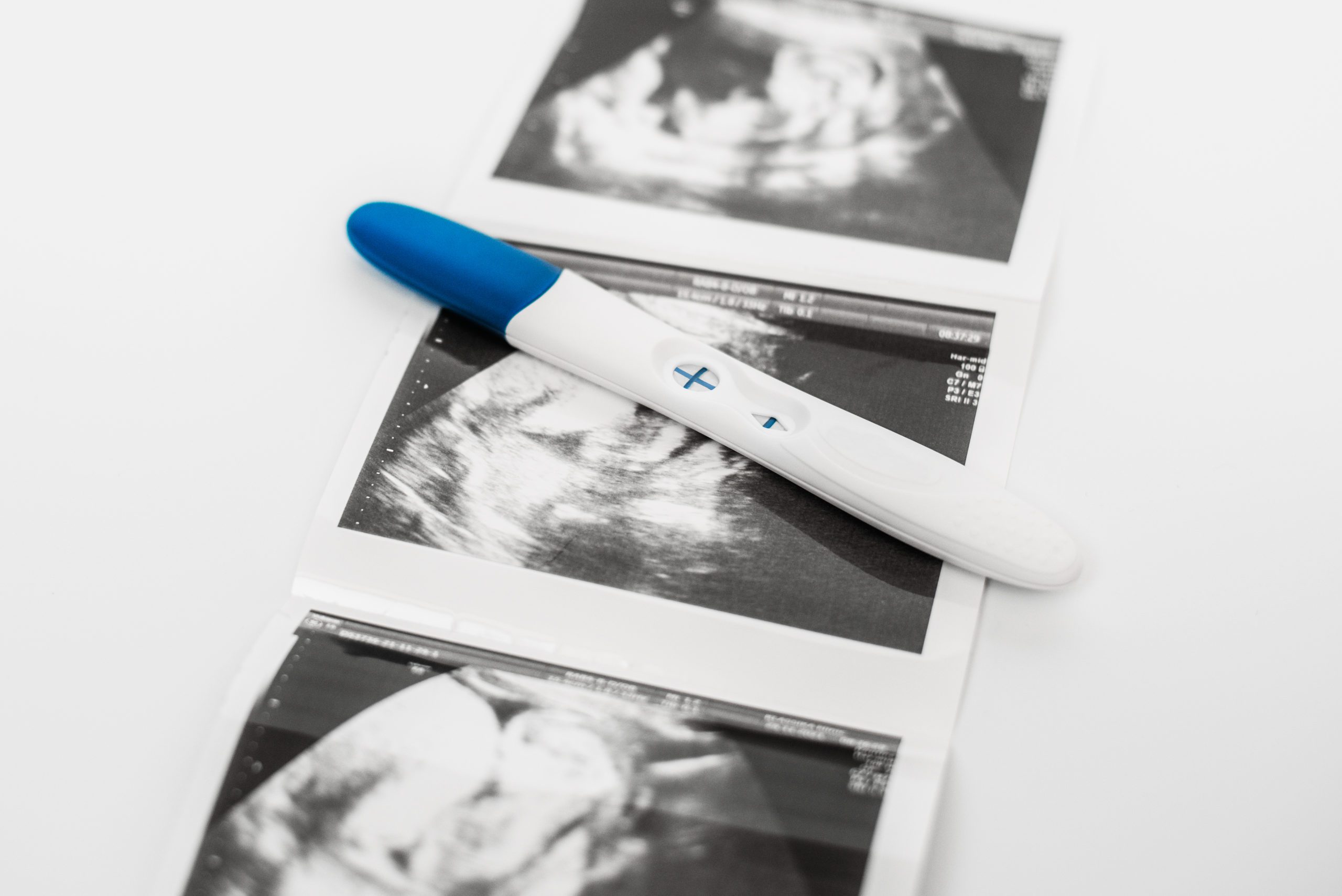Every medical procedure is personalized to the patient. The medical professionals involved, from surgeons to nurses, use information about your medical history and current health to make sure everything goes smoothly.
Abortions are no different.
Before getting an abortion or ordering the abortion pill by mail, it’s important to know how far along you are, if you have an STD, and if your pregnancy is viable. With this information, you can make the best decisions about your health and future.
If you are experiencing an unexpected pregnancy, here are four things to do before having an abortion.
1. Get a lab-quality pregnancy test
Did you know home pregnancy tests can give false negatives? You might also get a positive pregnancy test result during the early stages of a miscarriage.
With a medical-grade pregnancy test, you can have confidence in your results. You won’t have to deal with the roller coaster of getting a negative test result and finding out about your pregnancy later on. You also won’t need to worry about being pregnant when you’re not.
2. Get a limited ultrasound
An ultrasound gives you a window into your pregnancy. You can then use what you’ve learned to make an informed decision about your health.
It helps to think of it like getting an x-ray for a broken arm. The x-ray shows the medical team the specifics of your break and helps them determine the best way to treat it.
In the same way, an ultrasound offers details about your pregnancy that you can’t get from testing. Here’s some of the important information that you can only get from an ultrasound.

How far along you are
The date of your last period is often used to estimate how far along you are, but it isn’t an accurate method. Some of the factors that can affect this calculation include:
- An irregular period
- Implantation bleeding
- Spotting
Spotting, for instance, can sometimes be mistaken for a light period. If you accidentally use the day you spotted rather than the actual date of your last period, your pregnancy might be days or weeks further along than you think.
During an ultrasound, the sonographer will measure the size of the fetus. This measurement shows the exact age of your pregnancy to the day. You can then use this information to understand all of your options.
Viability
An ultrasound will show if your pregnancy is viable (healthy) or if you are experiencing a miscarriage. It’s estimated that up to 26% of pregnancies end in a miscarriage and 80% of those miscarriages happen during the first trimester.
Some women also experience an ectopic pregnancy, where the egg implants outside of the uterus. Ectopic pregnancies require medical intervention to protect the mother’s life. Since an ultrasound is the only way to diagnose this condition, you must get one before making any decisions about your pregnancy.
If you take the abortion pill with an ectopic pregnancy or fail to get treatment, you may suffer serious, potentially fatal, complications.
Information about your pregnancy’s health is crucial to your next steps. With a viable pregnancy, you can explore the options and resources that are available to help you decide what you will do next. If you are having a miscarriage, the clinic can tell you what to expect and when to seek medical help.

3. Get STD testing
Sexually transmitted diseases (STD), also called sexually transmitted infections (STI), are bacterial, parasitic, or fungal infections that are passed through bodily fluids. If you are exposed to blood, semen, vaginal fluid, or another type of bodily fluid from an infected person, you may get an STD.
These infections are often found at the vaginal opening. During an abortion, the doctor’s tools might come in contact with the infection and carry the infection into your uterus. You may experience scarring, complications, infections, and pelvic inflammatory disease (PID). Many women also experience infertility.
Additionally, STIs can increase your risk of having an ectopic pregnancy. Before taking the abortion pill or getting an abortion, take an STD test.
4. Get your pregnancy options
Every woman’s situation is unique. You are facing circumstances and questions that can’t be resolved online. To truly understand all of the options and resources available, you should speak to someone who is trained to help.
Our Patient Advocates, nurses, and sonographers are all here to listen to you and support you. Ask questions about your health, various procedures, and the choices you can make. We’re here to empower you to feel confident in your decisions and next steps.
Make an appointment to get a free pregnancy test and learn more about your options today.

